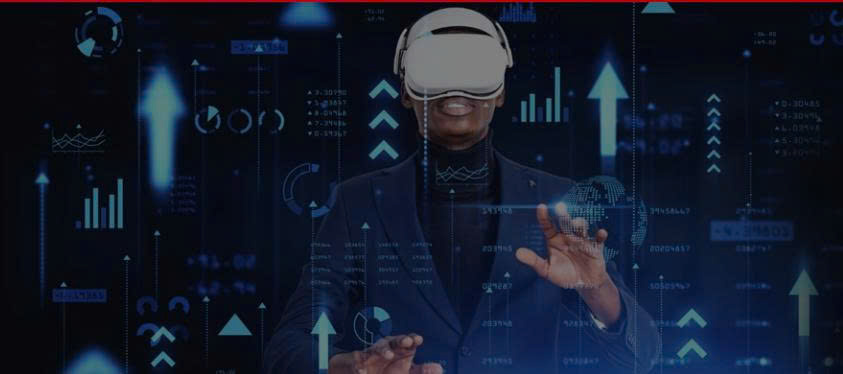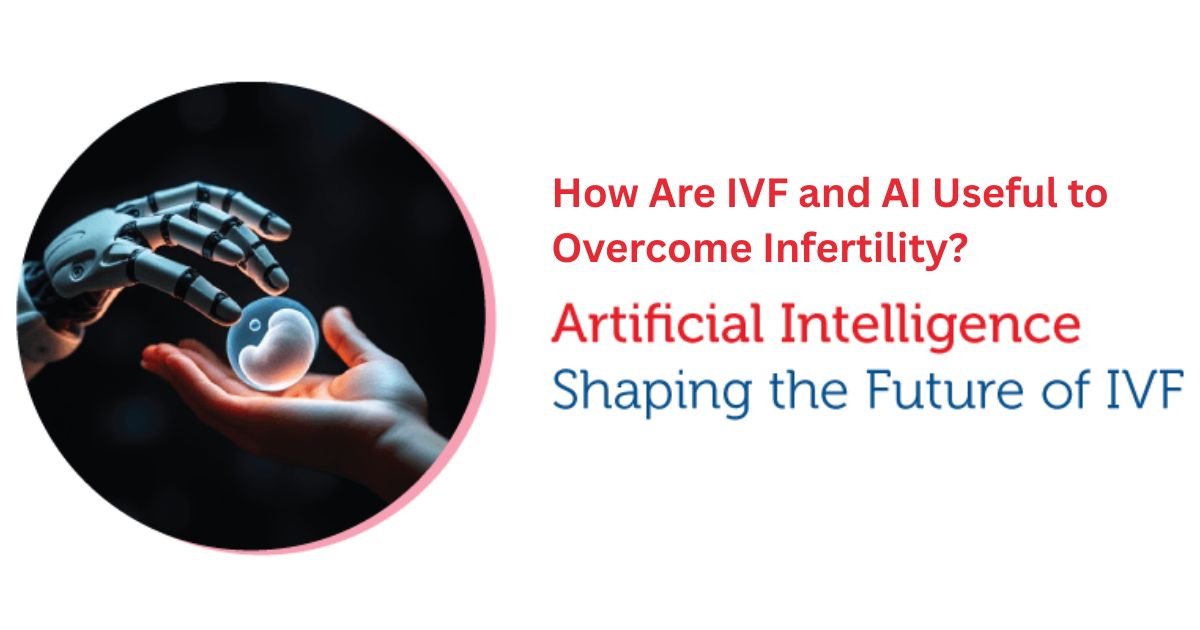Supply chain transparency lets businesses see, track, and share every detail of a product’s journey—from the farm or factory to your shopping cart. In today’s global world, keeping up with customers who want ethically made stuff, meeting tough sustainability rules, and handling crazy-complex supply networks is a big deal.
Artificial intelligence (AI) is totally changing how companies pull this off. With fancy tools like predictive analytics and slick data-sharing systems, AI helps businesses spot hiccups, team up better with suppliers, and earn trust from customers and partners. By mixing traceability with AI’s brainpower, companies can make their operations smoother and their supply chains an open book.
Related: The Impact of AI on Human Resources Management
Why Transparency Is Such a Big Deal
Let’s be real: transparency in supply chains isn’t just a nice-to-have—it’s what everyone’s asking for. Whether you’re picking out coffee or running a business, knowing the story behind a product matters. Here’s why:
-
People Care About Their Purchases: Shoppers aren’t just grabbing stuff off shelves anymore. A 2021 NielsenIQ study says 73% of folks want to buy things that don’t hurt the planet or exploit workers—like fair-trade coffee or sweatshop-free clothes.
-
Rules Are Getting Tighter: Governments are cracking the whip. The EU’s Corporate Sustainability Reporting Directive, for instance, is making companies spill the beans on their supply chain practices.
-
Avoiding Major Oof Moments: Transparency helps catch problems—like shipping delays or sketchy supplier practices—before they blow up into PR nightmares.
-
Winning Hearts and Wallets: Brands that are upfront about their supply chains get major loyalty points. Nobody wants to be tied to a scandal about deforestation or unfair labor.
The problem? Supply chains are a hot mess sometimes. You’ve got suppliers, factories, and shippers all over the world, using different systems and paperwork. It’s like trying to herd cats. But AI’s here to save the day, making transparency doable and, dare I say, kinda awesome.
.png)
How AI Is Making Supply Chains Crystal Clear
AI is like that super-smart friend who’s great at organizing chaos. With tools like machine learning, natural language processing, and blockchain, it’s turning supply chains into something you can actually understand. Here’s the breakdown:
1. Following Products Like a GPS
Ever wondered where your groceries really come from? AI’s got you covered. It teams up with tech like RFID tags or GPS sensors to track stuff as it moves around the globe. If a shipment gets stuck or takes a weird detour, AI’s like, “Yo, something’s up!” and flags it.
Take Walmart. They use IBM’s Food Trust platform, which mixes AI and blockchain to track things like mangoes from the farm to your store. What used to take days to figure out now takes seconds. It’s like magic for food safety and keeping customers in the loop.
2. Taming the Data Mess
Supply chains spit out piles of data, but it’s often a total mess—different formats, random systems, you name it. AI’s like a pro librarian, sorting it all into one neat story. It can even read messy stuff like handwritten notes or supplier contracts (thanks, natural language processing) and catch anything that doesn’t add up.
Imagine a clothing brand getting cotton from a dozen countries. AI pulls together all the paperwork—certifications, shipping logs, eco-claims—and makes sure it’s legit, no coffee-fueled all-nighters required.
3. Predicting Problems Like a Fortune Teller
AI doesn’t just tell you what’s happening—it guesses what’s coming next. By digging through past and current data, it can warn you about stuff like a supplier running late or a storm messing up your shipping. It’s like having a heads-up before things go sideways.
DHL, for example, uses AI to keep tabs on weather, port traffic, or even political drama. If something’s about to hit the fan, they can reroute shipments and keep everyone posted, which makes everything way more open.
4. Making Sure It’s Ethical and Eco-Friendly
Shoppers want to know their purchases aren’t trashing the planet or hurting people. AI’s like a detective, checking if suppliers are keeping their promises. It can scan satellite images for deforestation, check social media for shady labor practices, or verify fair-trade certifications.
Nestlé uses AI to track its cocoa supply, making sure farmers play by ethical rules. By cross-checking supplier info with outside audits, AI gives you proof your chocolate’s on the up-and-up.
5. Teaming Up with Blockchain for Trust
Mix AI with blockchain, and you’ve got a system nobody can mess with. Blockchain keeps a permanent, shared record of every supply chain step, and AI makes sense of it all. Everledger does this with diamonds, ensuring they’re conflict-free. Customers can scan a code and see the diamond’s whole journey—talk about trust!
6. Letting Shoppers In on the Secret
AI isn’t just for companies; it’s for us shoppers, too. Brands are using AI to create apps or QR codes that let you peek behind the curtain. Everlane, the fashion brand, spills the tea on its website, showing you the cost and origin of every item. Scan a code, and boom—you know where your jacket came from. It’s transparency that feels like you’re in on something special.
.png)
What Could Go Wrong?
AI’s awesome, but it’s not perfect. Here’s what companies need to watch out for:
-
Garbage In, Garbage Out: AI needs good data to shine. If suppliers send sloppy or incomplete info, it’s like trying to cook with expired ingredients.
-
It Ain’t Cheap: Setting up AI takes cash and know-how. Smaller businesses might need a boost to get going.
-
Privacy vs. Openness: Sharing supply chain details can risk spilling trade secrets. Companies have to find the sweet spot.
-
Keeping It Fair: If AI’s not built right, it could misread data or unfairly point fingers at suppliers.
To dodge these, businesses need solid data practices, trustworthy tech partners, and solutions that fit their vibe and budget.
What’s Next for AI and Transparency?
AI’s just getting warmed up. Here’s what’s coming down the pike:
-
Easy-Peasy Reports: Generative AI could whip up simple, reader-friendly summaries of supply chain practices, making transparency super accessible.
-
Auto-Inspections: AI could take over clunky manual audits, catching issues faster and cheaper.
-
Teamwork Makes the Dream Work: Imagine competitors sharing AI platforms to set industry-wide transparency standards, like the Global Traceability Standard for Sustainable Seafood, which tracks fish from ocean to fork.
The Bottom Line
AI’s turning supply chain transparency from a “wouldn’t that be nice” into something real. It tracks products, sorts data, predicts problems, and proves things are ethical, helping companies keep up with curious shoppers and strict rules. Sure, there are bumps like cost and data quality, but the payoff—trust, smoother operations, and a killer reputation—is worth it. As AI keeps getting smarter, it’s building supply chains that are open, green, and customer-friendly. Next time you scan a QR code on your coffee or jeans, you might just give AI a mental high-five for the story it tells.







.jpg)






